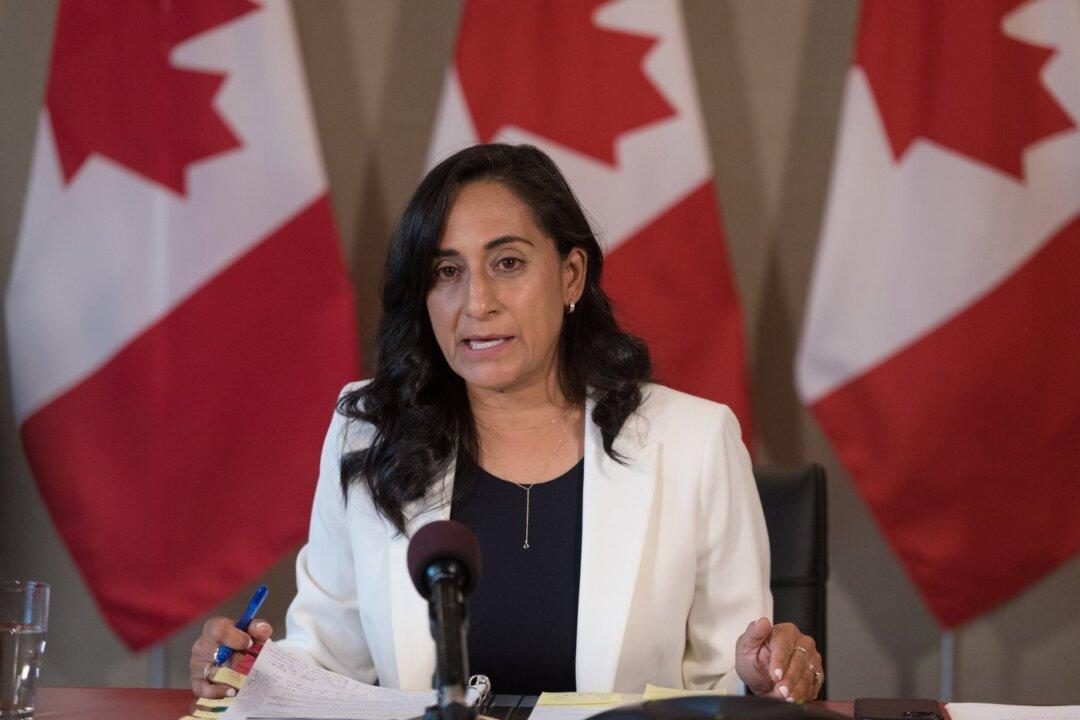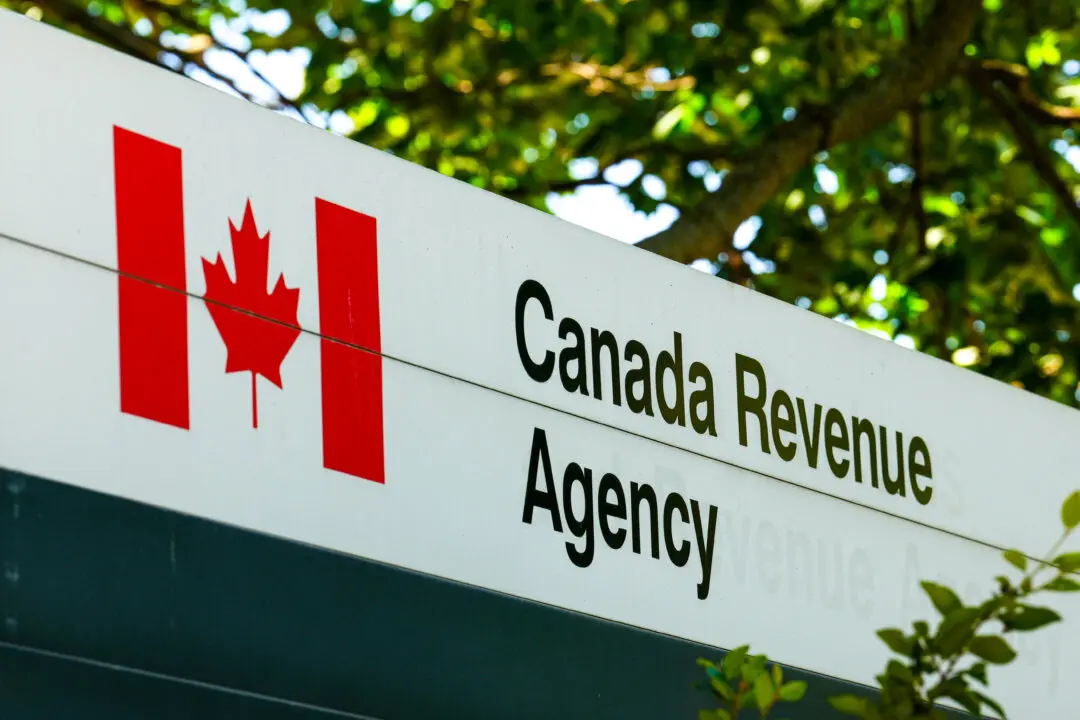Canada faces growing competition in the Arctic region from Russia and China and must do “whatever is necessary” to defend the region, Defence Minister Anita Anand told a Senate committee on April 24.
“Our analysis of the threat is going to proceed on the basis that we need to do whatever is necessary—in terms of capabilities and human resources, to undertake the defence of that region, both individually, through NORAD, and collectively with other Arctic countries,” Anand told the Senate Committee on National Security, Defence and Veterans Affairs.





